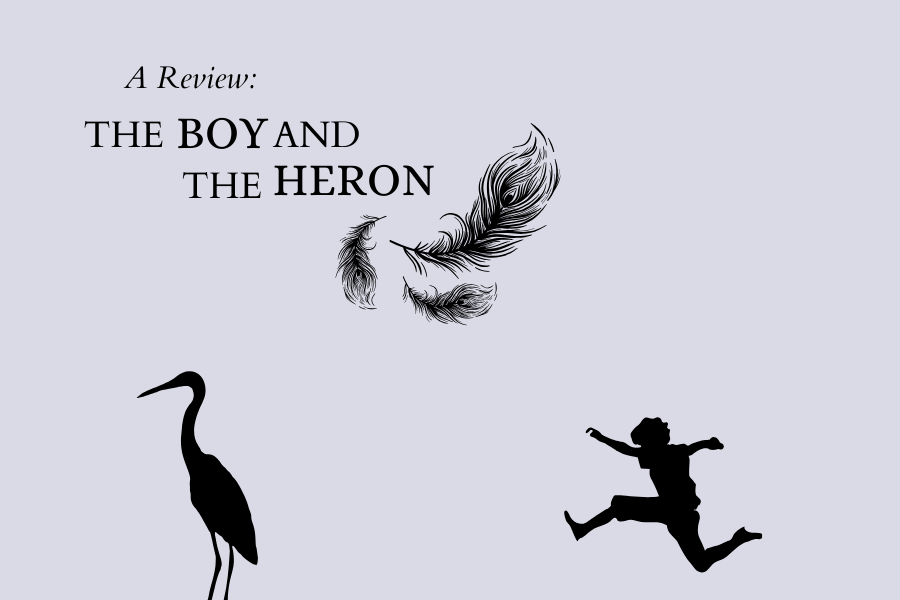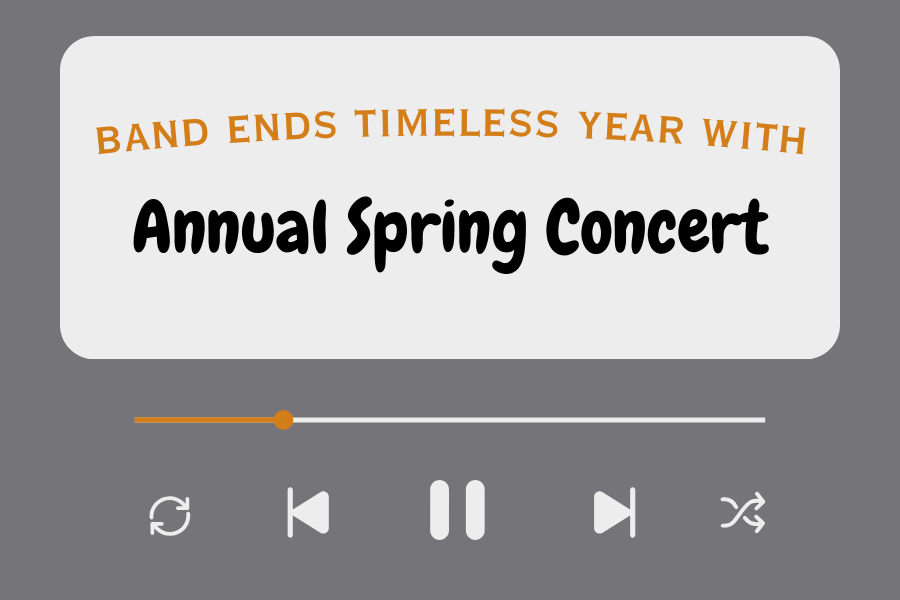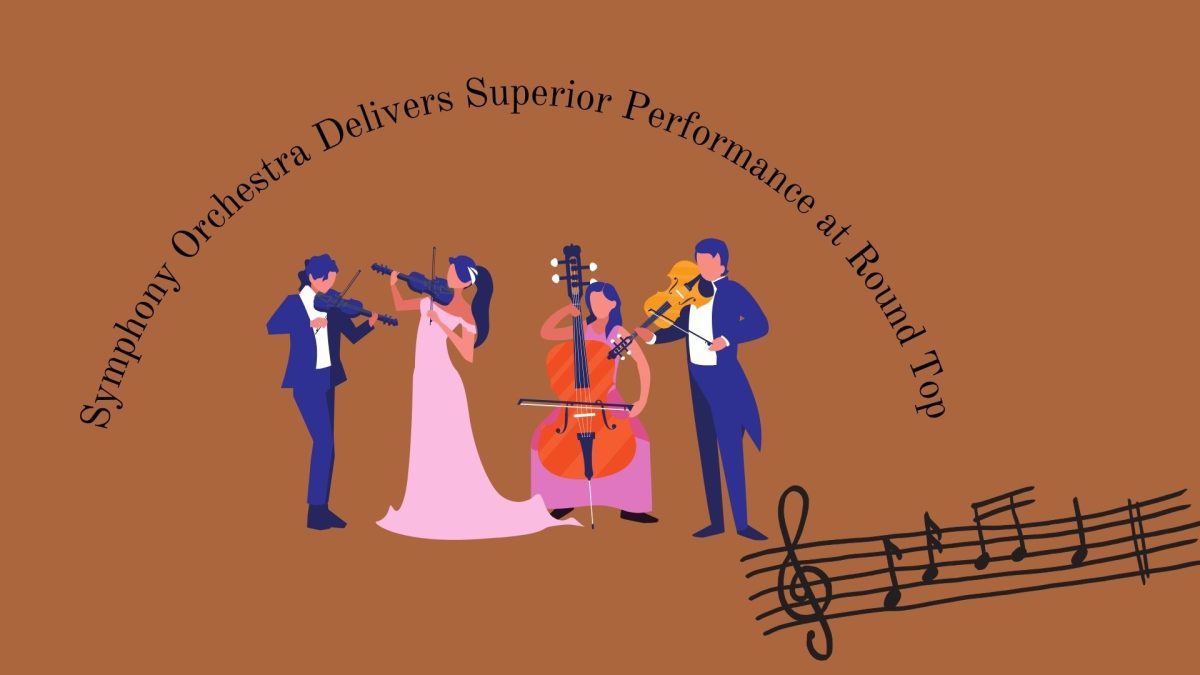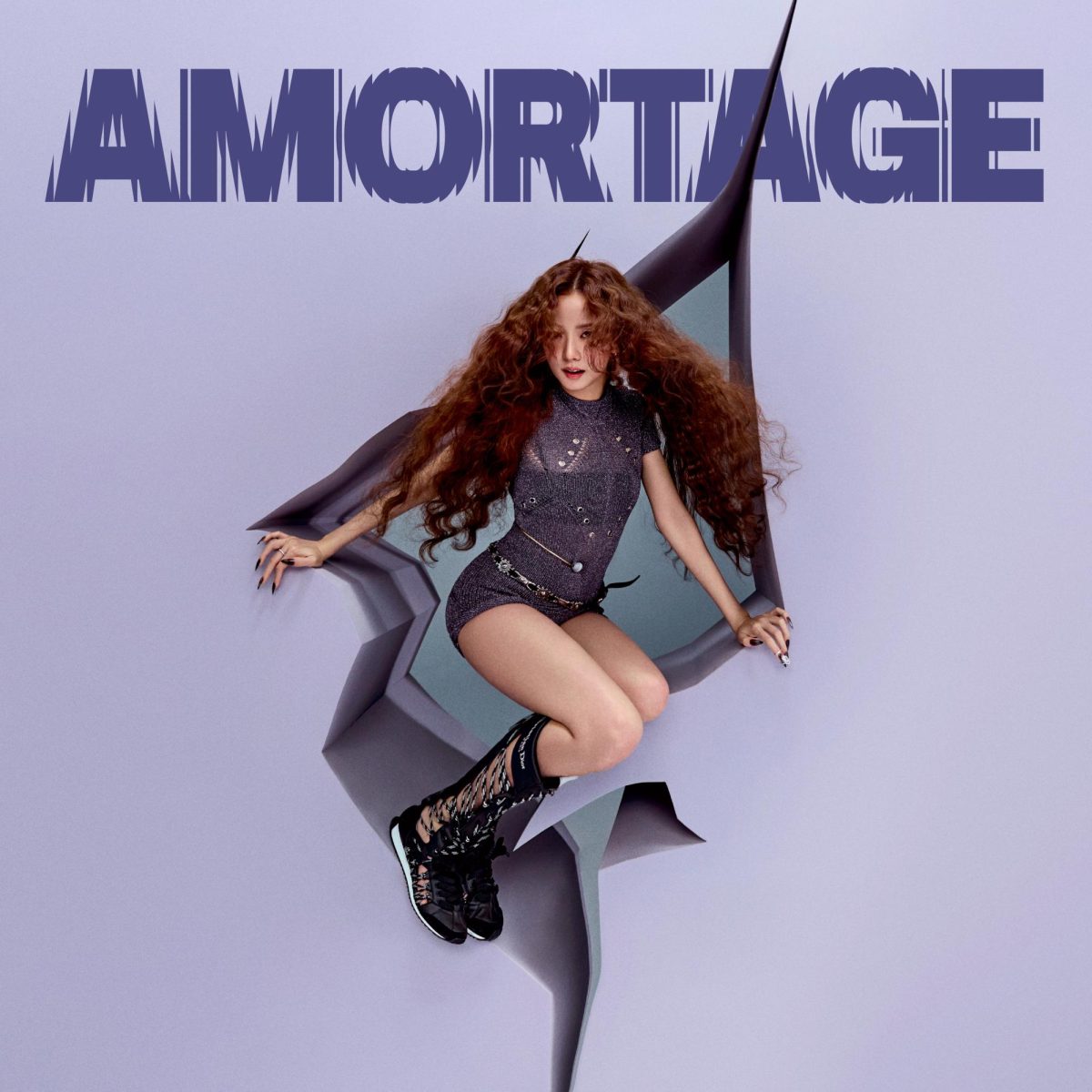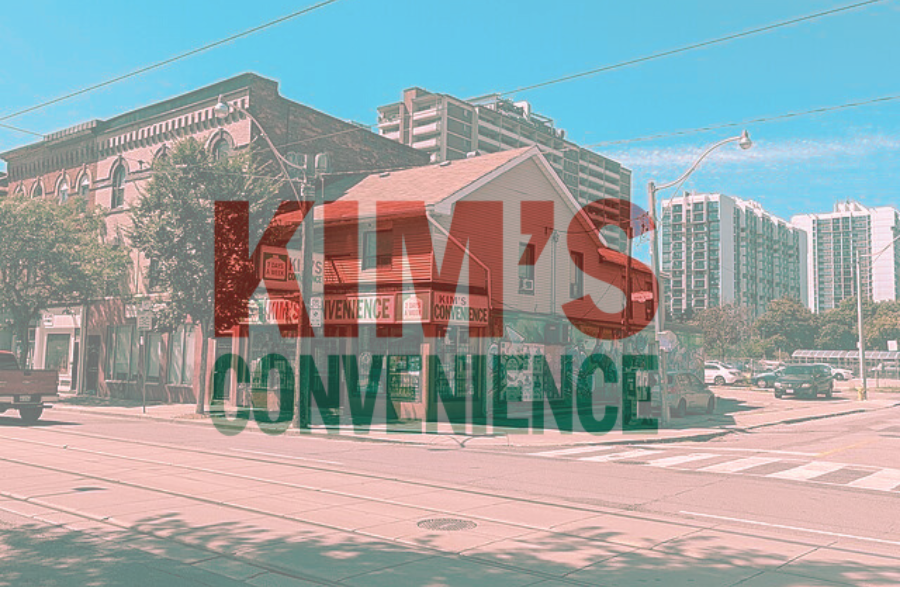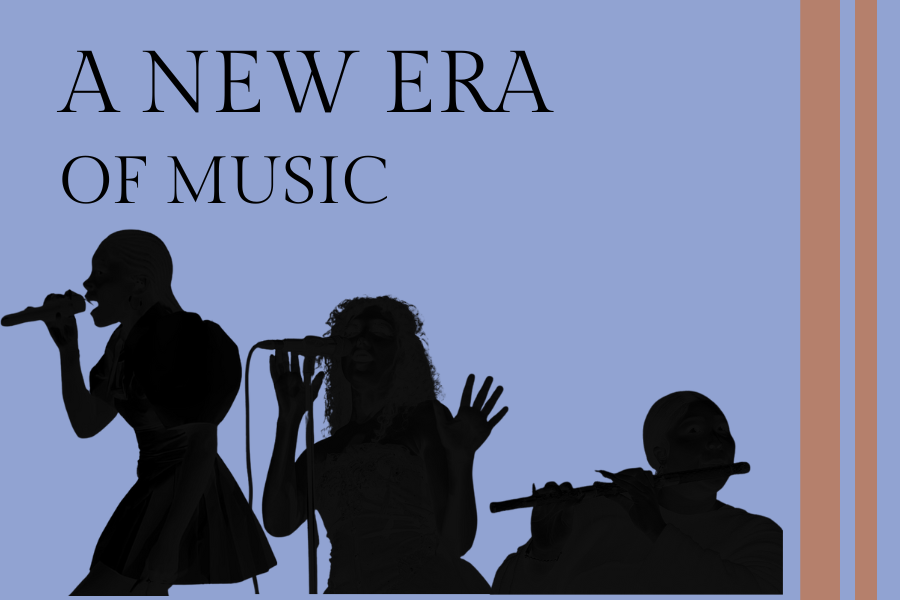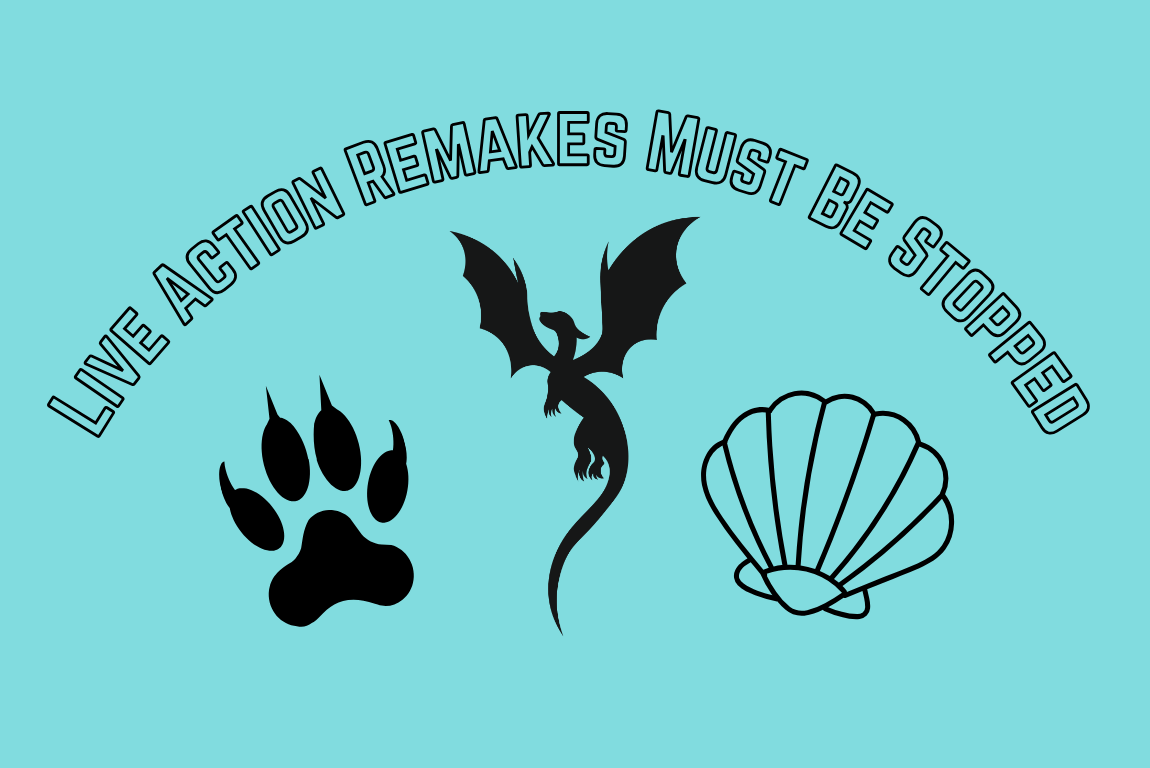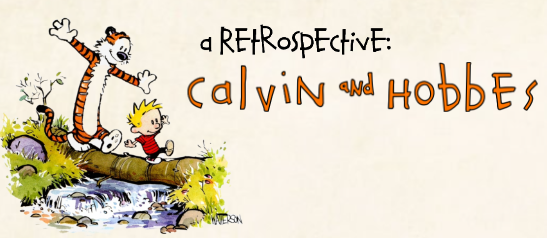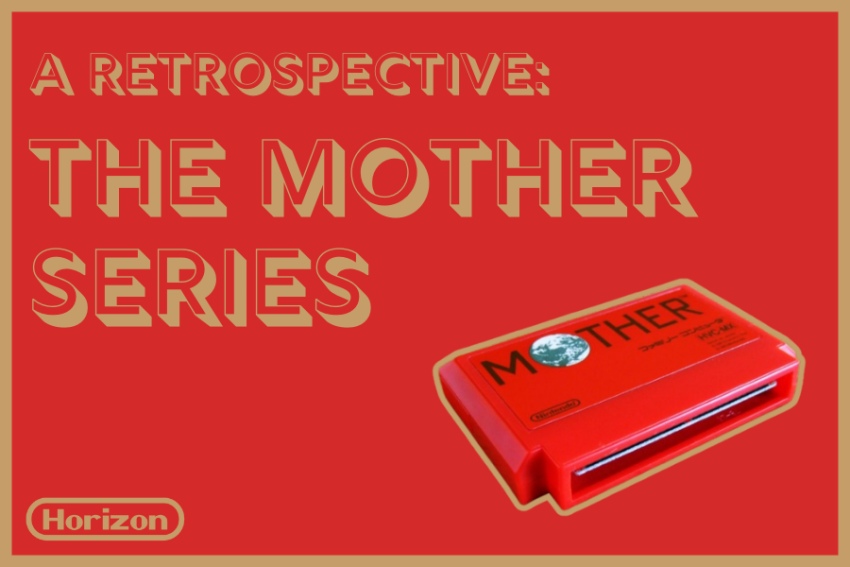Wielding a self-constructed bow and arrow and malice in his heart, a boy readies himself for the task ahead — killing a heron that has been screeching of his dead mother.
In the recently released Studio Ghibli movie The Boy and the Heron, Hayao Miyazaki delivers an earnest reflection of his film career. The film follows the protagonist Mahito as he stumbles through an old tower in search of his missing stepmother. As he traverses the magical world, the use of dream logic (time operating differently, predator and prey swap situations) among a visually abstract background created an eerie yet familiar atmosphere that was captivating.
Perhaps as a tribute to his own experiences and to enforce his anti-war stance present in his other creations Howl’s Moving Castle and Grave of the Fireflies, Miyazaki sets the plot of The Boy and the Heron in the middle of World War II. From the start, the audience is exposed to the destruction and suffering that Mahito endures. Death and grief are heavily imbued in the film, darkening the colorful, child-like wonder the magical world encourages.
Throughout the film, Miyazaki hides metaphors in elements of the magical world as it is slowly revealed to the audience. For example, the grey heron — a more ominous representation of the spiritual realm than typical white herons in Japanese folklore — eventually becomes Mahito’s guide. As Mahito delves into his mission, various creatures intersect his path. There is Himi the fire witch, the noble pelican, the parakeets, and a fan-favorite — the adorable warawara. At first glance, they are only there to endearingly advance the plot, yet with a deeper dive, reveal the ugly side of humanity: sacrifice for the greater good, selfishness in the face of power, and the hopeless state of the inevitable.
After a decade, The Boy and the Heron is not only a testament to previous Ghibli works but also to the life Miyazaki has lived. There are countless parallels between the storyline and Miyazaki’s life, as with the bittersweet ending of the film when Mahito makes a final decision, Miyazaki too makes his. Perhaps the studio will fall into shambles after he retires, and there will never be anything else that contains the essence of his creations. But Miyazaki accepts new doors will open, such as his son who never quite found a similar passion for film but carries on the legacy through his architecture as a major designer of Ghibli Park.
As a trademark of Studio Ghibli, the film aches with a certain sense of nostalgia that has viewers yearning for the simplicity of their earlier years. It gently tells us to move on, to pass on the memories and begin a new era at peace. The film’s original title How Do You Live? allows Miyazaki to address a new generation: us, the ones that have spent our firsts and our lasts of our childhood with his lifetime’s work.

